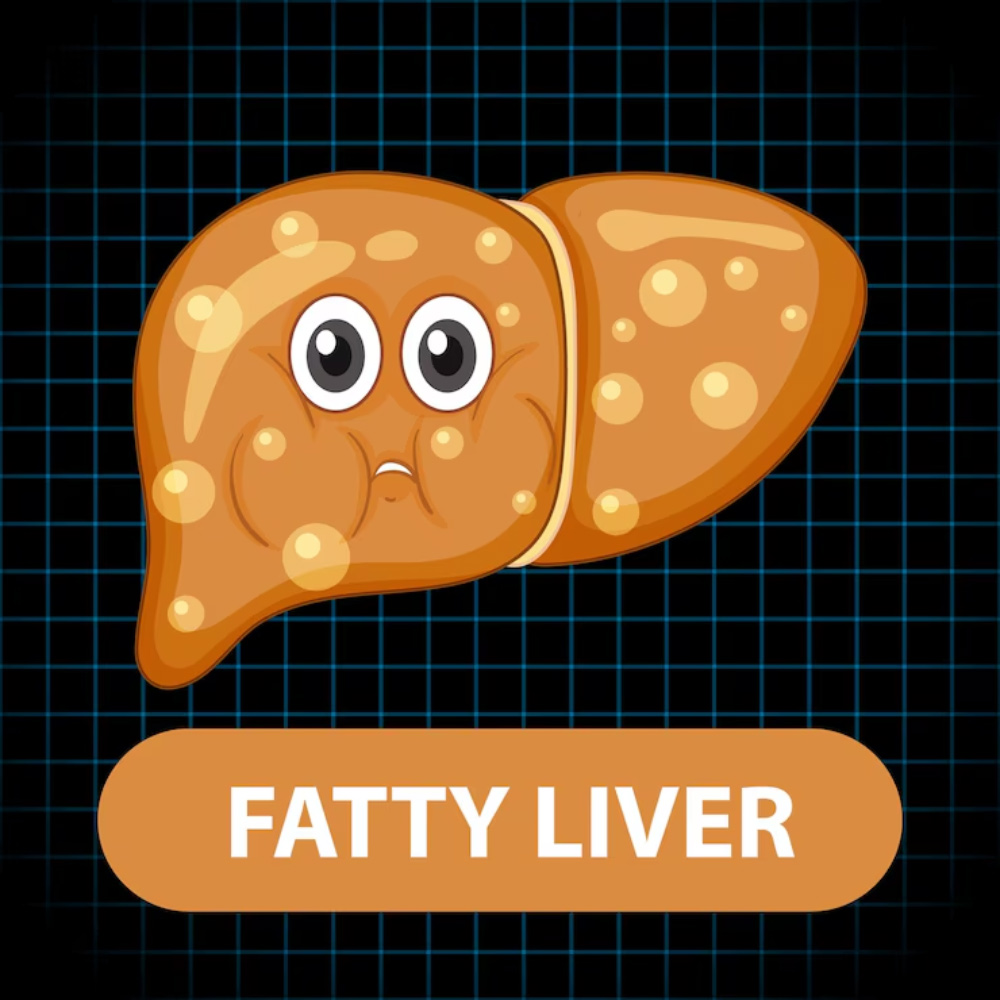
Consuming healthy foods these days seems like a far-fetched dream, especially feeding it to your children. Junk, processed, sugary, and fast food is being consumed by kids very often which invites diseases. Additionally, children are seldom seen playing out on the playgrounds. Rather, they are more into screens these days leading a sedentary lifestyle.
Table of Content:-
But this sedentary behaviour can cause harm to the health of kids. A recent study has stated that children who are sedentary for more than six hours a day pose a significantly high risk of severe fatty liver disease and liver cirrhosis.
The Study
The study published in the journal Nature's Gut and Liver found that kids who are sedentary for more than six waking hours a day have a significantly increased risk of fatty liver disease and liver cirrhosis by young adulthood. According to Professor Andrew Agbaje, who worked on the study, it was found that the relationship between sedentariness and liver damage is likely causal.

The participants of the study, who were between the ages of 17 and 24, underwent liver ultrasounds to check for signs of liver scarring and fatty livers. On an average, the young participants spent six hours a day sitting or in any other sedentary activity and by the time they became adults, this had increased to nine hours. As per the study, before the age of 25, children had a 15% increased risk of developing fatty liver disease for every half-hour of sedentary behaviour above six hours per day.
To get a proper explanation about the relationship between children’s sedentary behaviour and fatty liver, OnlyMyHealth interacted with Dr R Kishore Kumar, Neonatologist and Paediatrician, Cloudnine Group of Hospitals, Bengaluru.
Sedentary Lifestyle and Liver Problems

According to Dr Kumar, a sedentary lifestyle is a habit and not genetic. “People start storing the excess calories in the form of fat in the body when they don't utilise it - so that it can be used in the future. Fat can be stored in different regions of the body depending upon how much is being accumulated.” This accumulated fat can lead to NAFLD (non-alcoholic fatty liver disease), meaning excess fat being stored in the liver.
Citing the findings of the study, Dr Kumar said, “This emerging health issue, often associated with adults, is now making inroads into younger populations due to lifestyle changes.” Adding he said, “We have long known that physical inactivity is a risk factor for various health issues like obesity and cardiovascular diseases. However, the direct link to fatty liver disease in children underscores the urgent need to address sedentary behaviour early on."
Sedentary Lifestyle and Its Consequences

In today’s digital age, children are increasingly spending their time engaging in sedentary activities such as watching television, playing video games, and using computers or tablets. Dr Kumar said, “This shift from active play to screen-based leisure has significant health repercussions. Children are naturally active. They are meant to run, play, and explore. However, the modern environment has created barriers to these natural behaviours. Prolonged sitting can lead to metabolic changes that promote fat storage in the liver."
Explaining how sedentary lifestyle contributes to fatty liver, Dr Kumar said, “The metabolic consequences of a sedentary lifestyle include decreased insulin sensitivity, increased fat accumulation, and alterations in lipid metabolism. These factors collectively contribute to the development of NAFLD.”
Also read: Why Is Fatty Liver Prevalent In Young Adults In India? Know From Expert
Preventive Measures
Preventing NAFLD in children requires a multifaceted approach, focusing on promoting physical activity, improving dietary habits, and reducing sedentary time.
1. Encouraging Physical Activity
According to Dr Kumar, children should engage in at least 60 minutes of moderate to vigorous physical activity daily. This can include activities like biking, swimming, playing sports, or even active play at home or in parks or even climbing stairs up and down in the building they live in rather than using lifts all the time.
2. Improving Dietary Habits
A balanced diet rich in fruits, vegetables, whole grains, and lean proteins is vital. Reducing the intake of sugary beverages, fast foods, and high-fat snacks can significantly lower the risk of developing NAFLD. Dr Kumar advised that parents should focus on preparing home-cooked meals and involving children in the cooking process to instil healthy eating habits.
3. Reducing Screen Time
Recommending screen time limitation, Dr Kumar said, “Limiting screen time to less than two hours per day can help mitigate the risks associated with a sedentary lifestyle. Encouraging alternative activities such as reading, hobbies, or outdoor play is beneficial.”
Concluding, he said, “Parents and caregivers need to be proactive. It’s about creating a balanced routine that integrates physical activity naturally into a child's day.”
Also watch this video
How we keep this article up to date:
We work with experts and keep a close eye on the latest in health and wellness. Whenever there is a new research or helpful information, we update our articles with accurate and useful advice.
Current Version